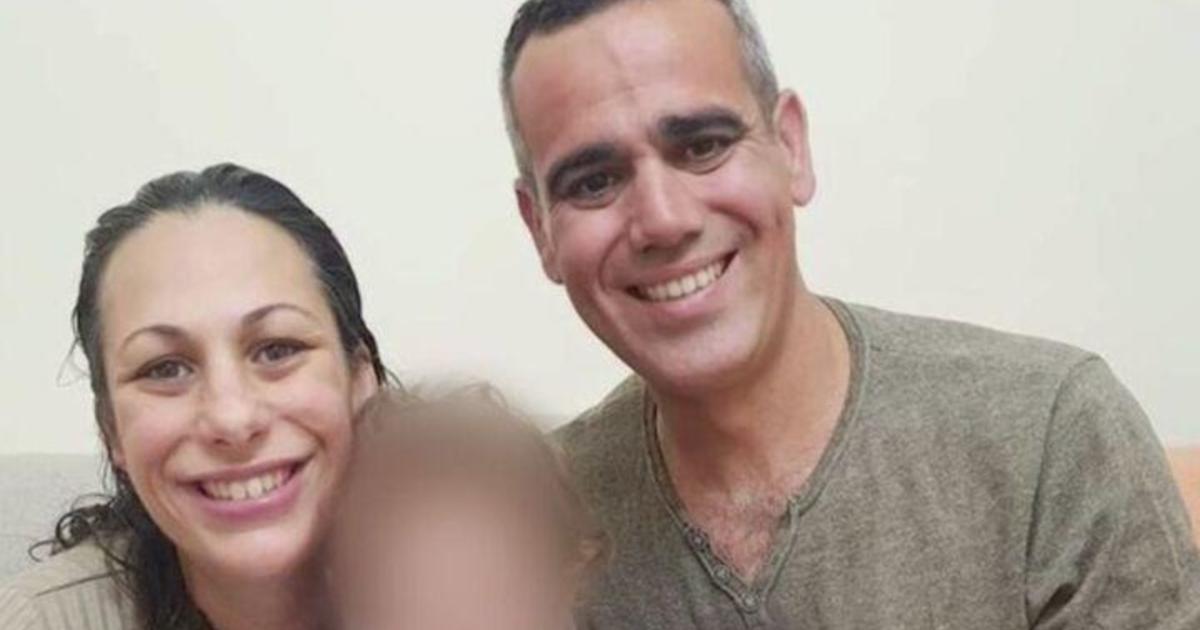Seen At 11: Cancer-Detecting Bra May Be Game-Changer For Women
NEW YORK (CBSNewYork) -- A new screening device is about to hit the market, and it may be able to detect breast cancer earlier and more easily.
As CBS 2's Kristine Johnson reported Wednesday, it is a cancer-detecting bra, and new technology that can help save women's lives.
Twenty years ago, Nedra Lindsay agreed to be part of a medical trial.
"They needed us to wear this up-and-coming device that was going to be used to detect breast cancer," Lindsay said.
She was 25 at the time, and didn't think much about the gadget made up of sensors and a small data pack that would monitor some internal functions.
"I never thought it would be any use to me because I was so young," she said.
But Lindsay said her participation in that trial saved her life.
"The device showed proof positive that I had breast cancer," she said.
Lindsay ultimately had a mastectomy and, today, she is cancer free.
"What we would like to see is this device used as part of a woman's annual health care screening starting at the age of 18," said developer Matthew Bernardis.
The device has been 20 years in the making. Today, the wires and data pack have evolved into a model of a cancer-detecting bra called the First Warning System.
Developer Bernardis said all women have to do is wear it for at least 12 hours.
"If we could see the actual change in cellular structure or tissue over a 24-hour period, we would have much better understanding of what was happening in a disease than in a healthy cell," Bernardis said.
Right now, doctors depend on the still images from mammograms -- the most vital screening tool for breast cancer.
But for women under 40, who have not yet had a mammogram, a tiny cancerous mass would likely not be detected until their first screening. Developers said the cancer bra could pick up the abnormality early.
"What we can do is get a baseline of the tissue condition at that point, and look at that tissue year over year over year," Bernardis said.
And in a mammogram, breast cancer surgeon Dr. Margaret Chen pointed out, the cancer can be almost invisible.
"Cancer is white on mammogram and density in breasts is white, so it's like white on white," Chen said.
Using only a mammogram to screen women with dense breast tissue leaves the frightening possibility of a missed diagnosis.
"This technology might improve the detection," Bernardis said.
And there is another plus.
"Because the system is non-invasive, it's non-compressive, because it's non-radiative, it is very safe to use on a routine basis," he said.
"If there is a test that could find cancer earlier, then it would be beneficial," Chen added.
Lindsay said the First Warning System deserves a lot of credit.
"Who knows if I would have been here; if it would have already taken my life?" she said. "I am one lucky, lucky person, and I know that every day."
Developers estimate that the device will cost around $200, and they expect approval by the Food and Drug Administration in about a year.
Will you be getting a First Warning System once it's on the market? Leave your comments below...



